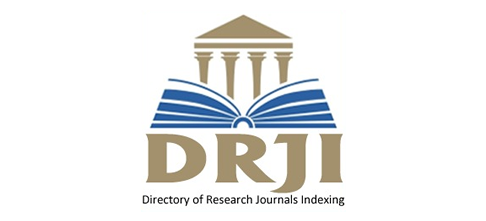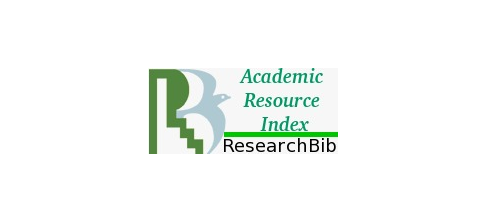Interview with Prof. Gus Martin: Advances in Technology are Providing New Tools and Capabilities to Terrorist Organizations
30.06.2024 |
Özet
Terörizm ve Radikalleşme Araştırmaları Dergisi (TRAD) Profesör Gus Martin ile bir söyleşiye ev sahipliği yapmaktan büyük bir memnuniyet duymaktadır. Gus Martin, 2001 yılında atandığı Kamu Yönetimi Bölümünde Ceza Adaleti Yönetimi Profesörü ve Bölüm Başkanıdır. Kamu Hizmeti ve Adalet Okulu’nun kurucu müdürü olarak görev yapmıştır. Ayrıca yaklaşık on yıl boyunca CSU Dominguez Hills'te akademik yönetimde Fakülte İşlerinden Sorumlu Başkan Yardımcısı, İşletme ve Kamu Politikası Fakültesi Dekan Vekili ve İnsan Kaynakları Yönetiminden Sorumlu Başkan Yardımcısı olarak görev yapmıştır. Dr. Martin'in araştırma ve mesleki ilgi alanları terörizm ve aşırıcılık, iç güvenlik ve adalet yönetimidir. Terörizm ve iç güvenlik konularında aralarında; Terörizmi Anlamak: Zorluklar, Perspektifler ve Sorunlar, Ulusal Güvenliği Anlamak, Terörizmin Temelleri: Kavramlar ve Tartışmalar, SAGE Terörizm Ansiklopedisi, İkinci Baskı, Terörizm ve Ulusal Güvenlik ve Terörizmin Yeni Çağı: Seçilmiş Okumalar ve Çocuk Adaleti: Süreç ve Sistemler gibi çok sayıda kitabın yazarıdır. Dr. Martin akademik kariyerine Pittsburgh Üniversitesi Kamu ve Uluslararası İlişkiler Enstitüsü'nde Adalet Yönetimi profesörü olarak başlamıştır. Dr. Martin, akademiye katılmadan önce Büyük Pittsburgh Adil Konut Ortaklığı Yönetici Avukatı, ABD Virgin Adaları Başsavcısı Özel Danışmanı ve New York Kongre Üyesi Charles B. Rangel'in Yasama Asistanı olarak görev yapmıştır. Dr. Martin lisans derecesini Harvard Üniversitesinden almıştır, Duquesne Üniversitesi Thomas R. Kline Hukuk Fakültesinden yüksek lisans ve Pittsburgh Üniversitesi Kamu ve Uluslararası İlişkiler Enstitüsünden doktora derecelerini almıştır.
Anahtar Kelimeler
Kaynak Göster
TRAD. (2024). Prof. Gus Martin ile Söyleşi: Teknolojideki Gelişmeler Terör Örgütlerine Yeni İmkân ve Kabiliyetler Sağlıyor. Terörizm ve Radikalleşme Araştırmaları Dergisi, 3(2), ss. 193-218

















